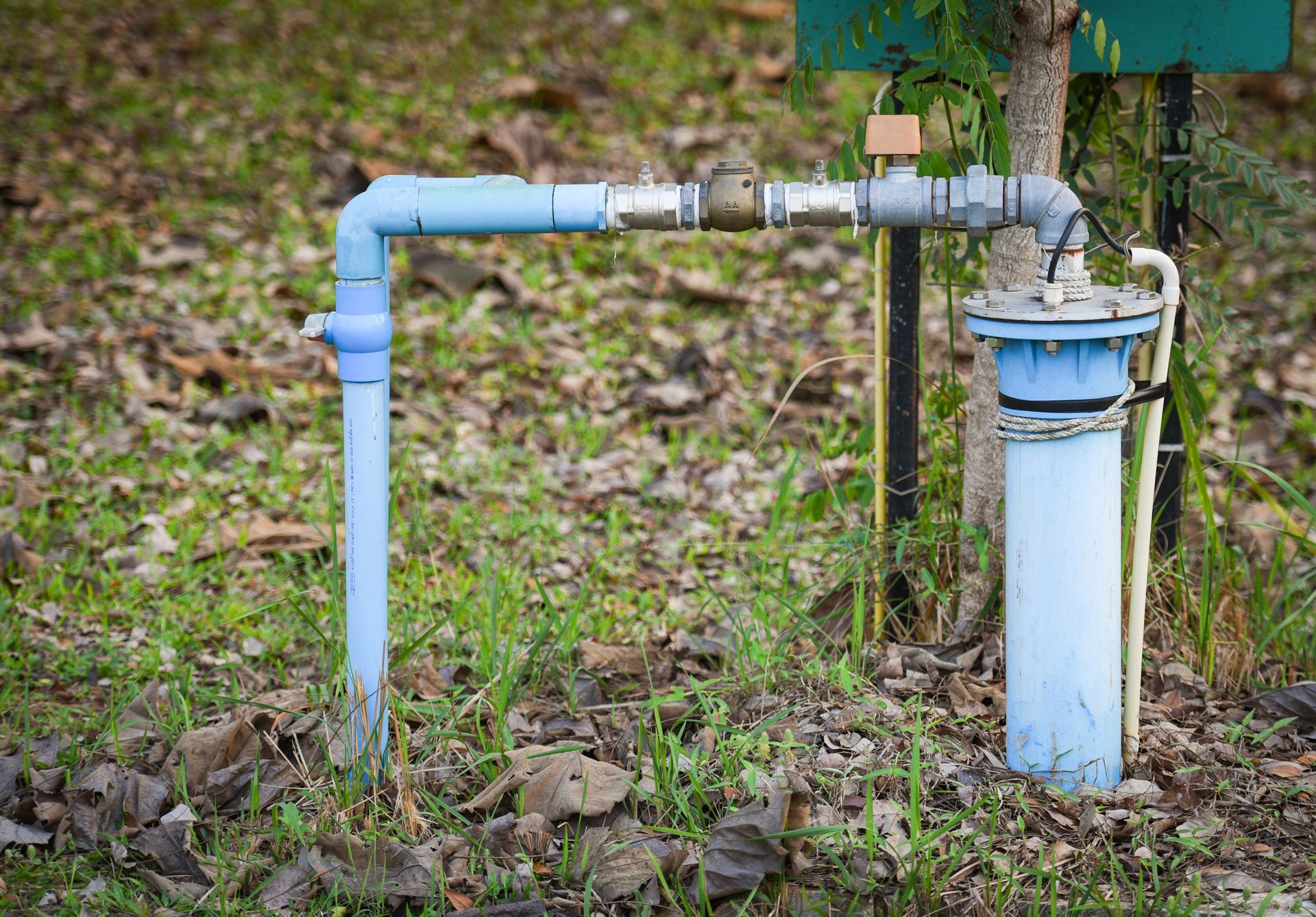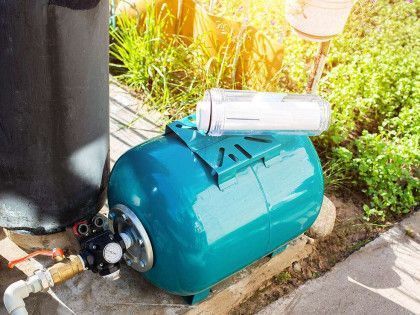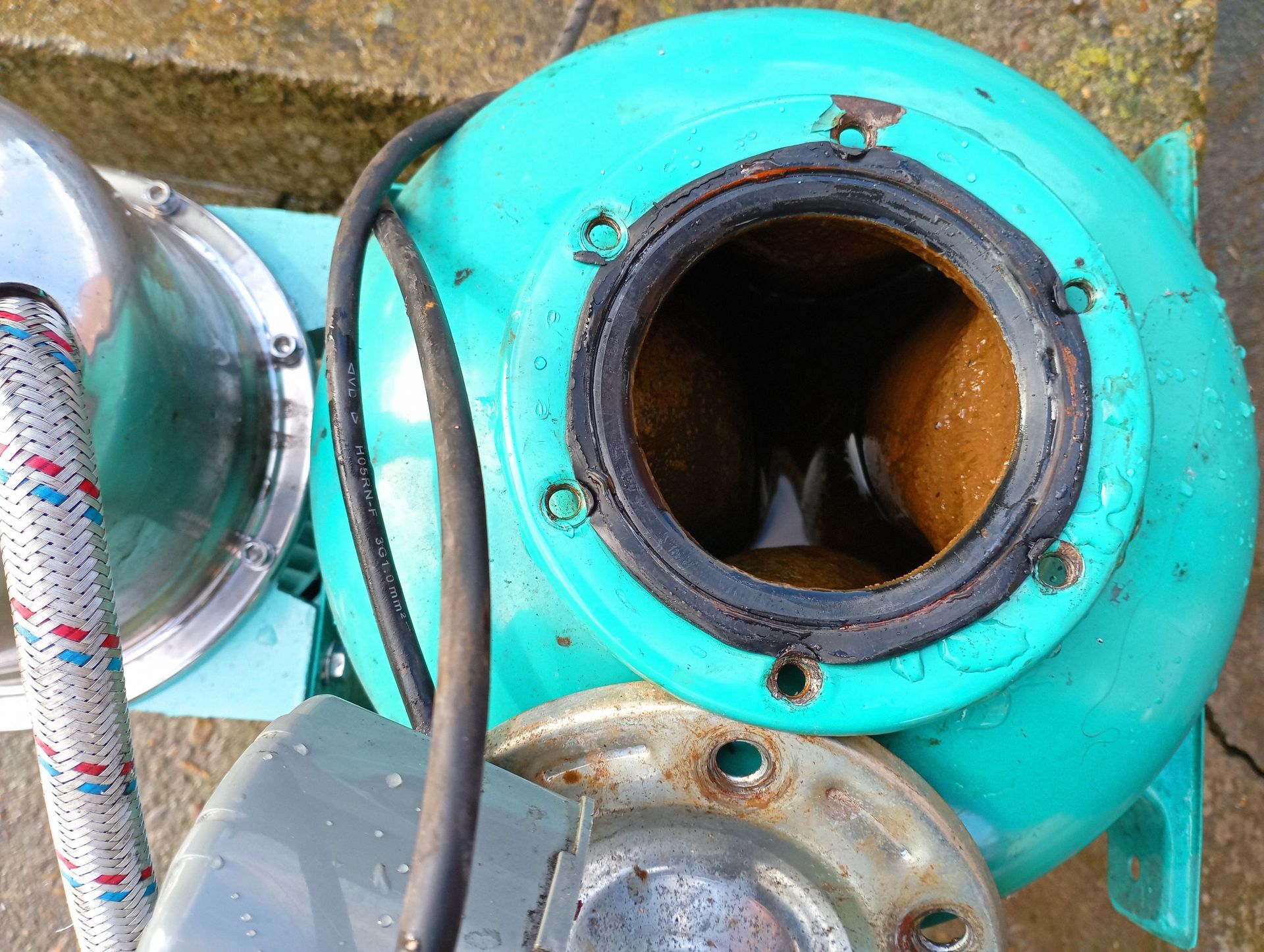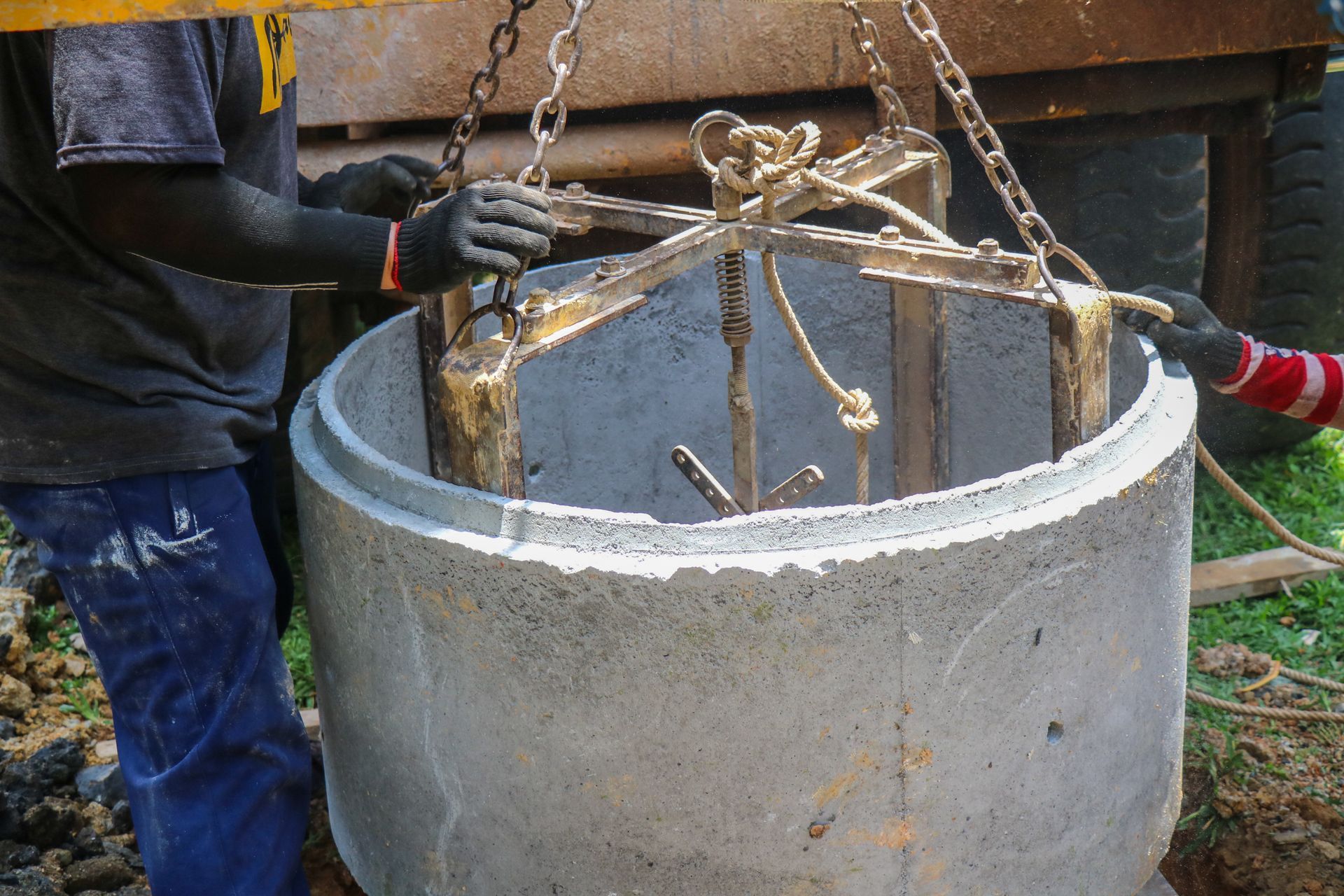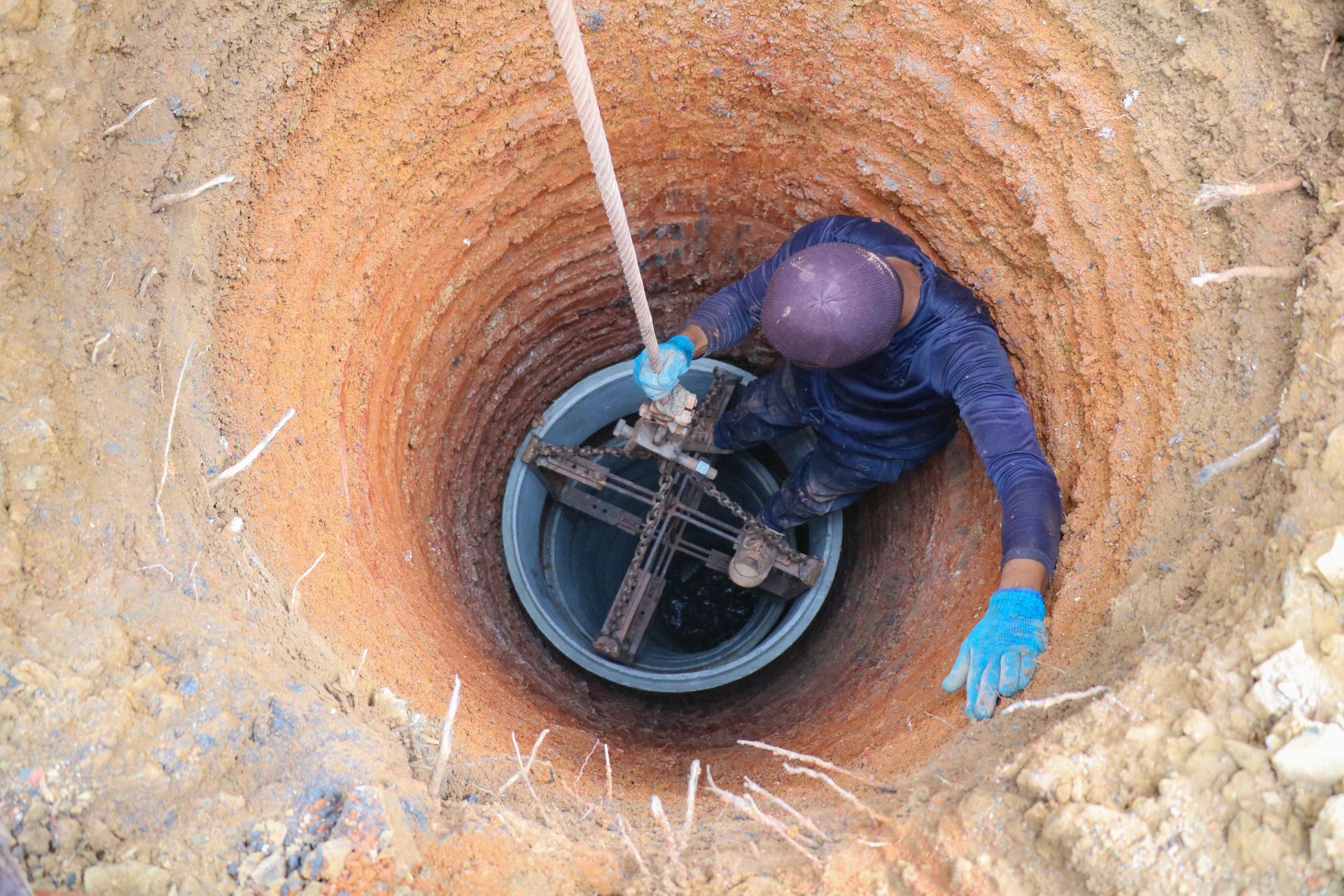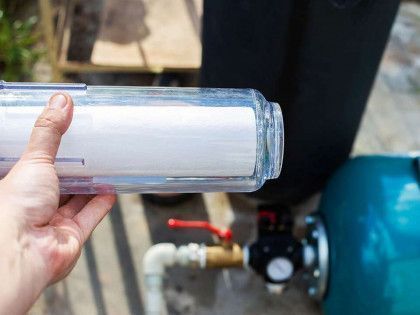Blog
Everything You Need to Know About Well Pressure Tank Replacement
If you rely on a private well for your water supply, your pressure tank plays an essential role in maintaining consistent water pressure and protecting your well pump. When it starts to fail, your water system can quickly become inefficient or even unusable. Knowing when and how to replace your well pressure tank can save you time, money, and frustration. At Tulia Well Service in Tulia, TX, we specialize in
well pressure tank replacement,
installation, and
pressure tank inspection to keep your home’s water flowing reliably.
Understanding the Purpose of a Well Pressure Tank
A well pressure tank acts as a buffer between your well pump and your home’s plumbing system. Its main job is to maintain steady water pressure and reduce the number of times the pump has to turn on and off. Inside the tank, compressed air exerts pressure on the water, ensuring that it flows smoothly through your faucets and appliances.
Without a properly functioning pressure tank, your well pump would cycle on every time you use water. This constant cycling leads to premature pump wear and costly repairs. Regular
pressure tank inspections and timely replacements help prevent those problems and extend the lifespan of your entire well system.
Signs You May Need a Well Pressure Tank Replacement
Like any piece of equipment, pressure tanks wear out over time. Recognizing the warning signs early can prevent water pressure issues and pump damage. Here are a few indicators that you may need a
well pressure tank replacement:
- Fluctuating Water Pressure: If your water pressure rises and falls when you use multiple fixtures, your tank’s internal bladder or air charge may be failing.
- Constantly Running Pump: A well pump that turns on too frequently or runs continuously suggests that the tank is no longer maintaining pressure properly.
- Spitting Faucets: Air spitting from your faucets often points to air escaping from a damaged pressure tank bladder.
- Rust or Leaks: Visible rust, moisture around the base, or water leaks are clear signs that the tank is compromised.
- Inconsistent Air Pressure: When the tank loses its air charge, it won’t maintain water pressure effectively.
If you notice one or more of these symptoms, it’s time to schedule a pressure tank inspection with a professional technician from Tulia Well Service. Our experts can determine whether your tank can be repaired or if a full replacement is the best solution.
How the Well Pressure Tank Replacement Process Works
Replacing a pressure tank is a technical process that requires precision and experience. At
Tulia Well Service, we follow a step-by-step approach to ensure a safe and efficient
well pressure tank installation.
- Initial Inspection: Our team begins by performing a full pressure tank inspection to assess the tank’s condition, system layout, and pressure settings.
- System Shutdown: We safely disconnect power to the well pump and drain the existing tank.
- Tank Removal: The old tank is detached from the plumbing and electrical connections, then removed from the site.
- New Tank Installation: We install the new tank, ensuring it matches your system’s water demand and pressure requirements.
- Testing and Calibration: After installation, we test the system to verify that the pressure switch and tank settings are working correctly.
- Final Quality Check: Our technicians check for leaks, adjust pressure levels, and ensure smooth operation before completing the job.
This thorough process ensures your well pressure tank installation is completed correctly, allowing your system to run efficiently for years to come.
Benefits of Timely Well Pressure Tank Replacement
Replacing your well pressure tank before it fails completely provides several advantages for your water system and household comfort:
- Consistent Water Pressure: A new tank helps maintain steady pressure throughout your home, even during peak water use.
- Reduced Pump Wear: Proper tank function minimizes pump cycling, which extends the life of your well pump.
- Improved Energy Efficiency: When your pump runs less frequently, it consumes less electricity.
- Better Water Quality: Leaking or corroded tanks can introduce rust and debris into your water. A replacement ensures clean, reliable water flow.
- Peace of Mind: A professionally installed tank gives you confidence that your water system will operate without unexpected breakdowns.
By scheduling regular water well maintenance, including routine pressure tank inspections, you can prevent costly emergency repairs and maintain uninterrupted water service.
Why Choose Tulia Well Service for Pressure Tank Installation
At Tulia Well Service, we have built our reputation on quality workmanship, transparent pricing, and customer satisfaction. Our technicians are highly trained and experienced in all aspects of well pressure tank replacement and pressure tank installation. Whether you need a standard tank for a residential home or a high-capacity setup for a farm or business, we’ll recommend and install the right equipment for your specific needs.
We proudly serve Tulia, TX, and the surrounding areas, providing reliable water well maintenance and system solutions you can depend on. From pressure tank inspections and repairs to full system upgrades, our goal is to deliver long-term performance and value for your investment.
Contact Tulia Well Service Today About Well Pressure Tank Replacement
If you’re dealing with low water pressure, a constantly running pump, or suspect your tank is failing, don’t wait for the problem to get worse. Contact Tulia Well Service for expert well pressure tank replacement and inspection services in Tulia, TX. Our team will ensure your water system runs efficiently and reliably all year long.
Call us today at (806) 627-8106 to schedule your pressure tank inspection or installation, water well service, and well water testing. We’re here to keep your well system in top condition.
FAQs
How long does a well pressure tank typically last?
Most well pressure tanks last between 10 to 15 years, depending on the water quality, usage, and maintenance. Regular inspections can help detect issues early and extend the tank’s lifespan.
What size pressure tank do I need for my home?
The right size depends on your water usage and the capacity of your well pump. A professional pressure tank inspection can determine the ideal size to maintain consistent pressure without overworking your pump.
Can I replace a pressure tank myself?
It’s not recommended. Well pressure tank installation involves electrical and plumbing connections that must be properly calibrated. Hiring a licensed technician ensures the job is done safely and correctly.
How much does a pressure tank replacement cost?
Costs vary based on tank size, system design, and installation requirements. Tulia Well Service provides honest, upfront pricing after a detailed assessment of your system.
How often should I schedule a pressure tank inspection?
It’s a good idea to have your pressure tank inspected once a year. Routine checks help identify small issues before they cause major system failures.
